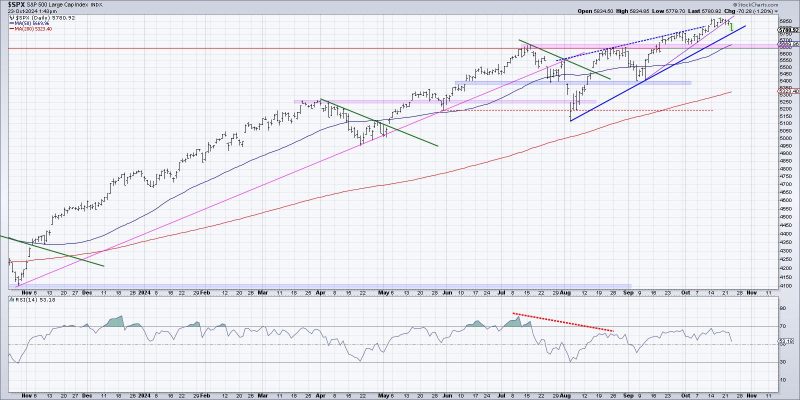[Article Body]
Method 1: Candlestick Charts
The first method we will discuss for visualizing the start of a potential distribution phase is through the use of candlestick charts. Candlestick charts are a popular tool used by traders to analyze price movements in financial markets. These charts provide valuable information about the opening, closing, high, and low prices in a particular time period.
When observing candlestick charts to identify a potential distribution phase, traders look for specific patterns that indicate a shift in market sentiment. One common pattern to watch for is the evening star pattern, which consists of three candlesticks: a large bullish candle, followed by a small-bodied candle (indicating indecision), and finally a large bearish candle. This pattern suggests that buyers are losing control and sellers may be taking over, signaling a potential distribution phase beginning.
Additionally, traders may also look for increasing volume accompanying price declines, as this can indicate that larger players in the market are starting to sell off their positions. By closely monitoring candlestick patterns and volume changes, traders can visually identify the early stages of a potential distribution phase.
Method 2: Volume Analysis
Another method to visualize the start of a potential distribution phase is through volume analysis. Volume is a critical indicator in technical analysis, as it provides insight into the strength and validity of price movements. When analyzing volume during a potential distribution phase, traders look for a significant increase in selling volume compared to buying volume.
A spike in selling volume can suggest that large institutional investors or smart money are starting to unload their positions, potentially signaling the beginning of a distribution phase. By plotting volume bars alongside price movements on a chart, traders can visually observe changes in volume trends and identify abnormal spikes that may indicate an upcoming distribution phase.
Traders can also use indicators such as the on-balance volume (OBV) indicator to track the flow of volume in and out of a security. A declining OBV line coupled with weakening price movements can be a visual cue that distribution may be starting, prompting traders to prepare for a potential shift in market dynamics.
Method 3: Relative Strength Analysis
The third method for visualizing the start of a potential distribution phase involves analyzing relative strength among different sectors or assets. Relative strength analysis compares the performance of one security or sector to another, providing insight into where money flows are concentrated.
During the early stages of a distribution phase, traders may observe that certain sectors or assets are underperforming compared to others. This relative weakness can suggest that investors are rotating out of those sectors and reallocating their capital elsewhere, potentially signaling the onset of distribution.
By creating visual representations such as ratio charts or relative strength indices, traders can easily compare the performance of different sectors or assets and identify areas of weakness that may precede a distribution phase. By closely monitoring relative strength trends, traders can visually identify shifts in market dynamics and position themselves accordingly to navigate a potential distribution phase.
In conclusion, visualizing the start of a potential distribution phase requires a combination of technical analysis tools and keen observation of market dynamics. By utilizing methods such as candlestick charts, volume analysis, and relative strength analysis, traders can visually identify early warning signs of distribution and adjust their trading strategies accordingly. Being able to visually interpret market signals can help traders anticipate potential reversals and stay ahead of market trends, ultimately enhancing their trading performance and risk management.



























